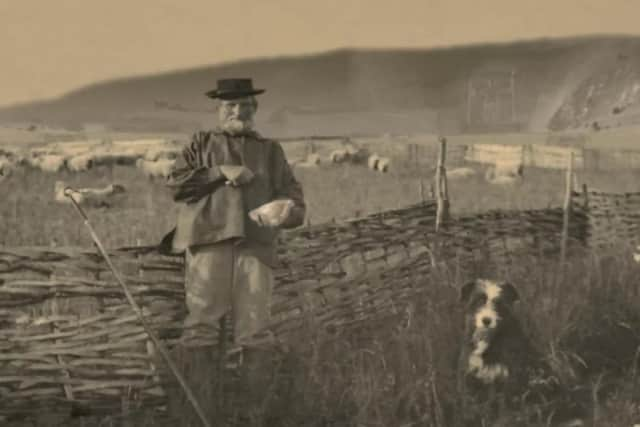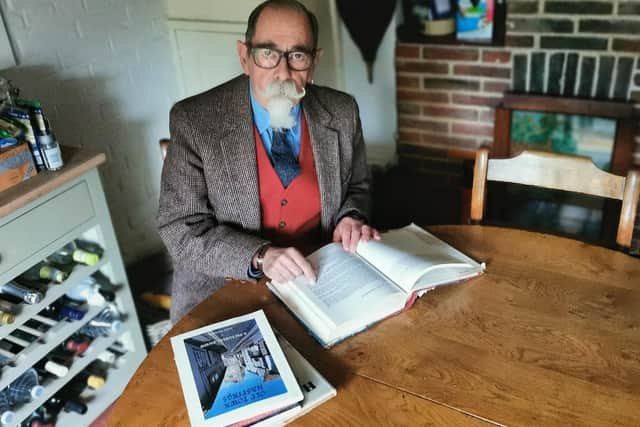Sorry Cornwall - the Sussex pasty was here first says Hastings man
and live on Freeview channel 276
Browsing through a box of dusty antiquarian books purchased from a house clearance shop in Hastings, Old Town based Professor Cameron deWolf came across a volume with the title ‘Shepherds be Thankful’.
The book turned out to be the eighteenth century diary of a certain Lady Fuelle who had eloped with a servant and found anonymity living as humble shepherds on the South Downs.
Advertisement
Hide AdAdvertisement
Hide AdShe writes of the many hardships but also the simple pleasures of life on the Downs describing the flora and fauna she observes and the changing of the seasons.


Part of the book is given over to traditional recipes she has discovered locally, one of these being for a Sussex Pasty.
The pasty is made from lamb rather than the more recent beef variety from Cornwall but prepared and cooked in much the same way.
She tells of how the pasty provided “fair vitals” for her husband John as he tended his sheep and that she would some times join him bringing a flagon of ale, “whence all work would stop and continue not”.
Advertisement
Hide AdAdvertisement
Hide AdProfessor deWolf has made a study of the origins of many Sussex recipes and found evidence that many could have been brought over with the Normans following their success at the Battle of Hastings.


He said: “The Normans being descended from Vikings needed simple and easily portable food for their many raids and the pasty provided the perfect transportable sustenance.
“There is an intriguing section from the Bayeux Tapestry that appears to show Norman Knights eating pasties at a feast after the Battle.
“So it does appear that Sussex was the first place that they were seen in England!”
Advertisement
Hide Ad